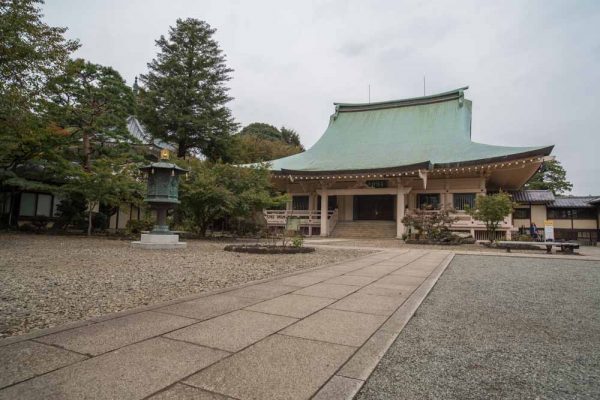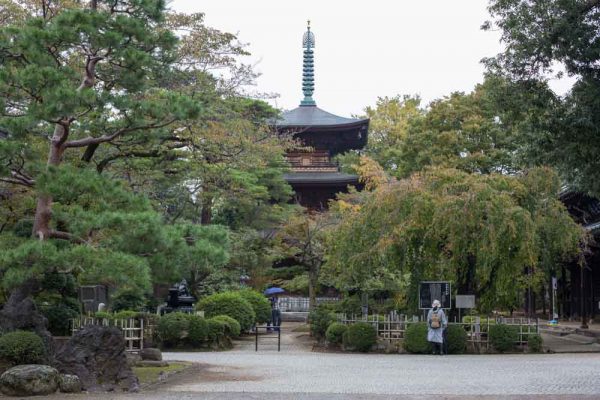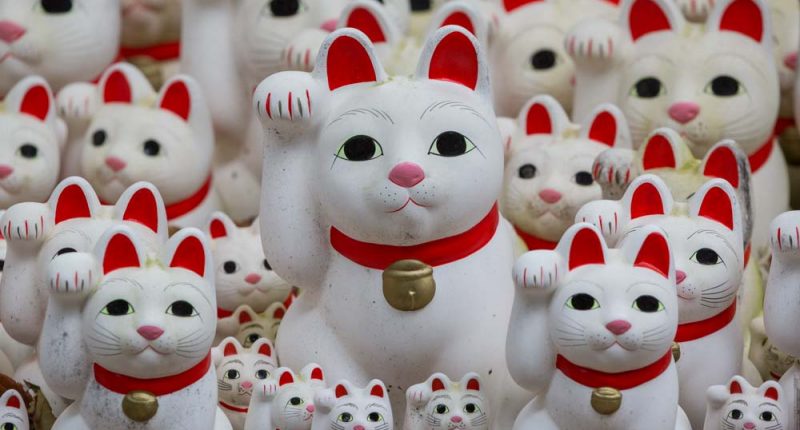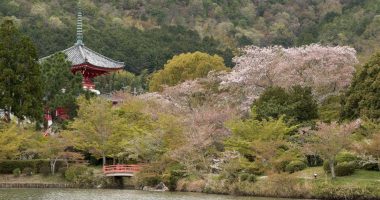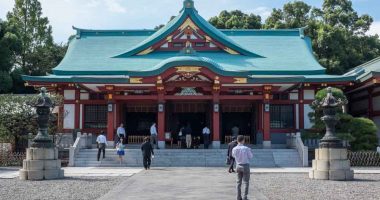Gotokuji (豪徳寺, Gōtokuji) is a Buddhist temple in Setagaya Ward known primarily because of the hundreds of maneki-neko (“beckoning cat”) figures laid out in one area of the temple’s grounds. One legend has it that the now ubiquitous kitsch charm originated from the temple. The story goes that one day during the early years of the Edo period, the feudal lord Naotaka Li was passing the temple when the priest’s cat appeared to beckon him in from the front gate. Curious, Naotaka followed the cat into the temple and decided to rest. As he sat down, the clouds turned color and a thunderstorm rolled over the area. Grateful to the temple for providing shelter, he made a large donation to have the then-dilapidated structure repaired. In later years a separate building was constructed the maneki-neko figures with the classic right-hand beckoning pose were placed nearby—and Gotokuji’s place on the temple map of Tokyo was secured.
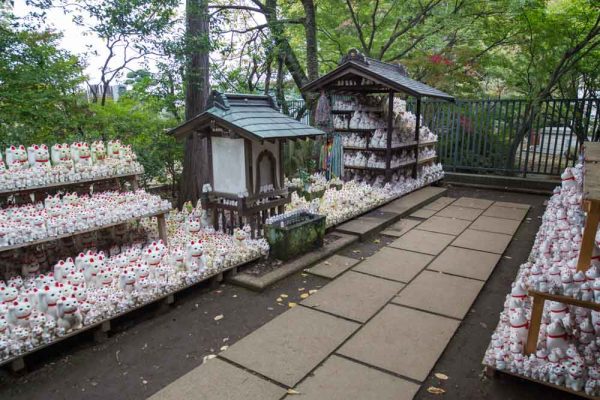
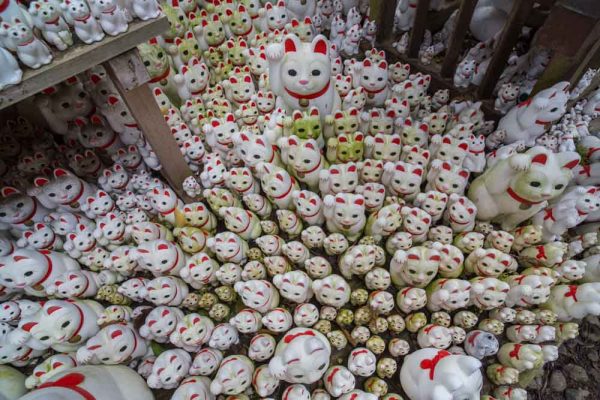
Today, shops around the temple sell maneki-neko statues and you can buy small souvenirs in the grounds. On some days, helpers even hold workshops to show you how to draw and paint the perfect maneki-neko. But while the little white cats give the temple a novelty boost, the grounds themselves are spacious and especially beautiful in autumn. The three-storied pagoda facing you when you enter the temple is particularly impressive.
